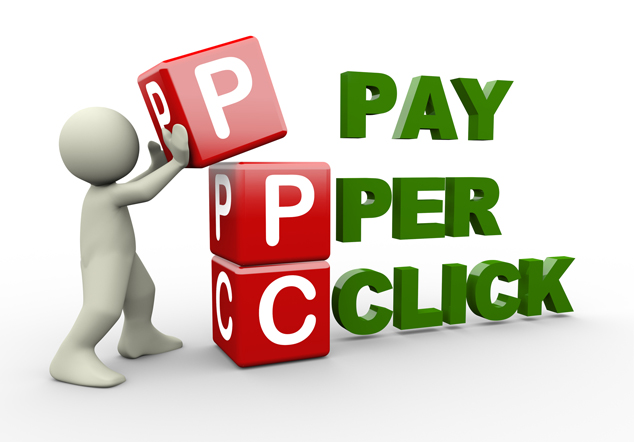- Daily Visitors
- Visits & Page View Tracking
- Goal Conversion Tracking (Requires additional setup)
- Absolute Unique Visitors
- Visitor Loyalty
- Visitor Regency
- New vs. Returning
- Referring Source
- Geo Location
- Network Location
- Language
- Domains
- CPC Analysis
- Ad Words Analysis
- Overall Keyword Conversion
- Ad Words Keywords Positions
- CPC vs. Organic Conversions
- Ad Version Testing
- Top Content
- Dynamic Content
- Depth of Visit
- Length of Visit
- Entrance Bounce Rates
- Top Exit Points
- Goal Tracking (Requires additional setup)
- Browser Versions
- Platform Versions
- Screen Resolutions
- and More!!!
Pay-Per-Click (PPC) is a digital advertising model where advertisers pay a fee each time their ad is clicked. It's a cost-effective way to drive targeted traffic to websites, especially when combined with a well-optimized landing page.
🔍 How PPC Works
In PPC advertising, advertisers bid on keywords relevant to their target audience. When users search for those keywords, the search engine displays ads related to them. Advertisers pay a predetermined amount when their ad is clicked. This model is commonly used on platforms like Google Ads, Facebook Ads, and LinkedIn Ads.
💡 Key Features of PPC Advertising
-
Keyword Targeting: Selecting relevant keywords ensures your ads appear to users interested in your offerings.
-
Ad Extensions: Enhance your ads with additional information like phone numbers, site links, and customer reviews to improve visibility.
-
Quality Score: Search engines assign a quality score to ads based on relevance, click-through rate, and landing page quality. Higher quality scores can lead to lower costs per click.
-
Ad Scheduling: Control when your ads appear to maximize effectiveness by targeting specific times and days.
-
Remarketing: Reach users who have previously visited your site, increasing the chances of conversion.
✅ Benefits of PPC Advertising
-
Immediate Results: PPC ads can generate traffic almost instantly once the campaign is live.
-
Targeted Advertising: Advertisers can target specific demographics, locations, and times of day to reach their ideal audience.
-
Cost Control: PPC allows for precise budget management, enabling advertisers to set daily and monthly spending limits.
-
Measurable ROI: PPC campaigns provide detailed analytics, making it easy to track performance and calculate ROI.
-
Enhanced Brand Visibility: Even if users don’t click on the ads, appearing at the top of search results can boost brand awareness.
⚠️ Challenges in PPC Advertising
-
Click Fraud: Fraudulent clicks can deplete an advertiser's budget without generating genuine interest. Search engines implement automated systems to guard against such activities.
-
Competitive Bidding: In highly competitive industries, the cost per click can escalate, affecting the return on investment.
📈 Getting Started with PPC
To launch a successful PPC campaign:
-
Define Goals: Determine what you want to achieve, such as increasing sales or generating leads.
-
Choose Platforms: Select platforms that align with your target audience, like Google Ads or Facebook Ads.
-
Set Budget: Establish a daily or monthly budget that aligns with your marketing objectives.
-
Create Ads: Develop compelling ads with clear calls to action.
-
Monitor and Optimize: Regularly review performance metrics and adjust campaigns to improve results.
PPC advertising offers a flexible and measurable approach to digital marketing, allowing businesses to reach their target audience effectively. By understanding its components and best practices, you can leverage PPC to achieve your marketing goals.





